What is an ostrich
*An ostrich is a large, flightless bird native to Africa. It is known for being the largest bird in the world and for its impressive running speed. Ostriches belong to the ratite family, which also includes emus, kiwis, and other flightless birds. They have long, powerful legs designed for running and can reach speeds of up to 70 kilometers per hour (43 miles per hour). Ostriches have a distinctive appearance with a long neck, large eyes, and a small head. Their feathers are usually brown or grey, and males have bold black-and-white coloring on their tail feathers and wings.
Ostriches are omnivorous and primarily feed on plants, seeds, and insects, but they can also eat small vertebrates and invertebrates when available. They live in flocks that can contain anywhere from five to fifty birds, and they are well-adapted to living in savannas, grasslands, and semi-arid regions.
One interesting aspect of ostriches is their reproductive behavior. They lay the largest eggs of any living land animal, and during the breeding season, a dominant male will establish a territory and mate with multiple females. All the females place their eggs in a communal nest, but the dominant female's eggs are given the center and safest position. Both the male and the dominant female take turns incubating the eggs.
Ostriches have been hunted and farmed for their feathers, skin, and meat. Ostrich farming is still practiced in various parts of the world, including their native Africa, as well as other regions where they have been introduced, such as Australia and the United States.*
Why is an ostrich called a bird
An ostrich is called a bird because it belongs to the class Aves, which encompasses all birds. Despite its inability to fly, the ostrich shares several characteristics with other birds, including
Feathers: Ostriches have feathers, which is a defining characteristic of birds.
Beak: They have a beak (or bill) without teeth, another feature common to all birds.
Laying Eggs: Ostriches reproduce by laying eggs, as do all bird species.
Bipedalism: Ostriches are bipedal, meaning they walk on two legs, which is common among birds.
Skeleton: They have a lightweight skeleton with a hollow bone structure, which is typical of birds, even though in the case of the ostrich, it is adapted for running rather than flight.
Is a female ostrich called
A female ostrich is often referred to as a hen, while the male ostrich is called a cock or rooster. These terms are similar to those used for chickens and other birds. Female ostriches are responsible for laying eggs, and they often share communal nests where several hens may place their eggs for incubation.
What is ostrich known for
The ostrich is known for several distinctive attributes:
Size: It is the world's largest and heaviest bird. While it cannot fly due to its size, it is an exceptional runner.
Speed: Ostriches are the fastest birds on land and can run at speeds up to about 70 km/h (43 mph), with strides of up to 3-5 meters (10-16 feet).
Eggs: They lay the largest eggs of any living land animal.
Adaptation: Ostriches are well-adapted to living in the African savanna and desert regions.
Defense: They have strong legs that are capable of delivering powerful kicks to predators.
Diet: Ostriches are omnivores, eating a variety of plants, seeds, and occasionally insects and small vertebrates.
Vision and Hearing: They have excellent vision and hearing, which help them detect predators from a distance.
Do ostriches lay 100 eggs
Ostriches do not lay 100 eggs at once. They lay a much smaller number of eggs. Ostrich hens can lay between 40 to 60 eggs per year, one egg approximately every other day during the breeding season. However, not all of these eggs are laid at the same time. In the wild, an ostrich nest may contain 15 to 20 eggs, but this is usually the result of several females laying in the same nest, with the dominant female's eggs at the center.
What is the Colour of ostrich
Ostriches are large flightless birds with feathers that vary in color depending on their gender and species. Common ostrich males typically have bold black and white coloring; the males have mostly black plumage with white primary feathers and a white tail. Females and young ostriches tend to have a more drab grayish-brown color, which helps them blend into their natural environment as a form of camouflage.
Where do ostriches live
Ostriches are native to Africa, where they live in a variety of habitats, including savannas, grasslands, and semi-desert regions. They are particularly adapted to dry and hot environments, although they can also be found in some areas with more vegetation and water sources. Ostriches are not indigenous to other continents, although they have been introduced to other areas of the world, such as Australia, for farming purposes.
What is ostrich eat**
Ostriches are omnivores, which means they eat both vegetation and meat. However, their diet mostly consists of plant matter. They eat a variety of seeds, shrubs, grass, fruits, and flowers. Ostriches also consume insects, small reptiles, and rodents when available. They have been known to eat pebbles and small stones as well, which help grind up food in their gizzard, aiding in digestion.
All Photos Edit PicsArt
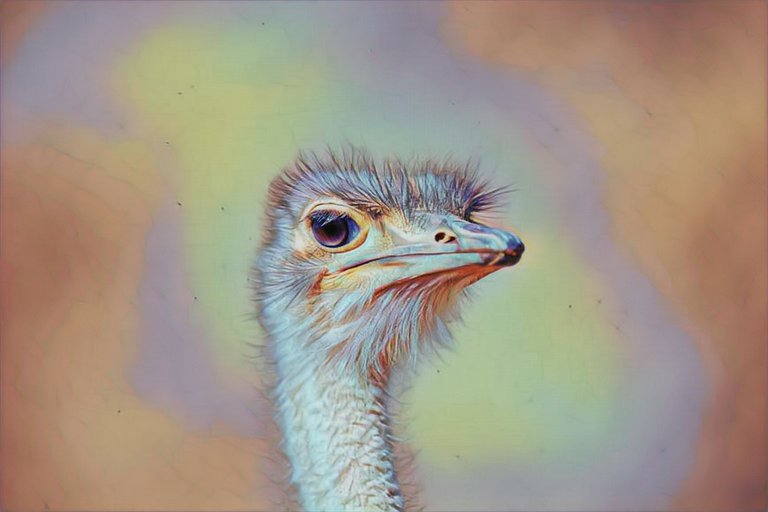
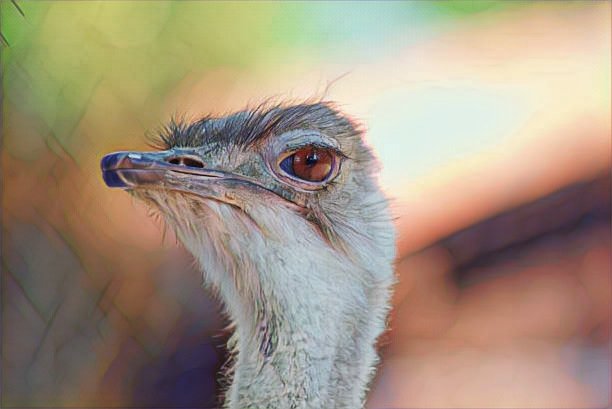

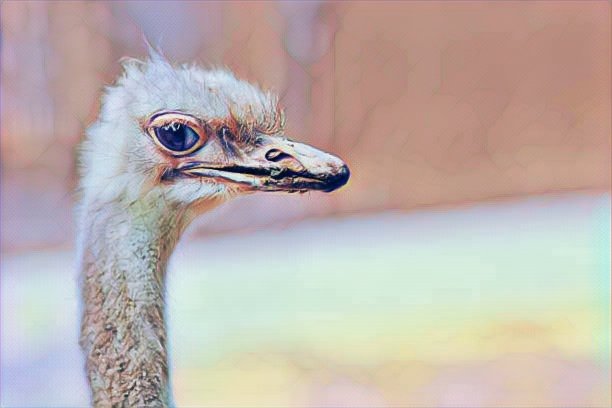
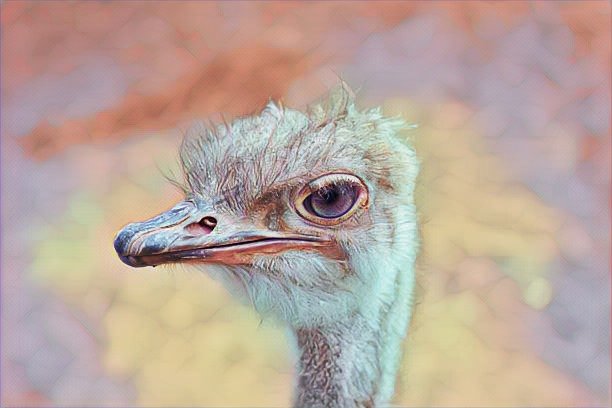
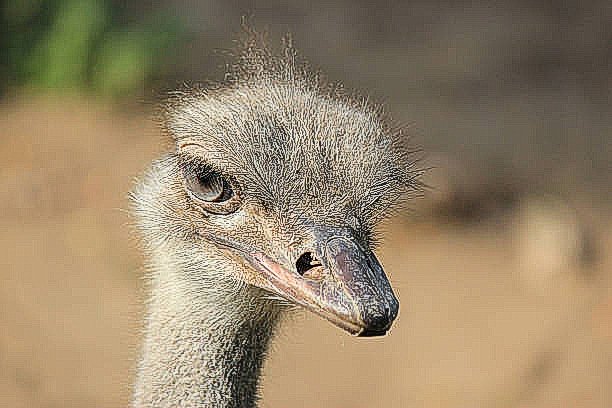
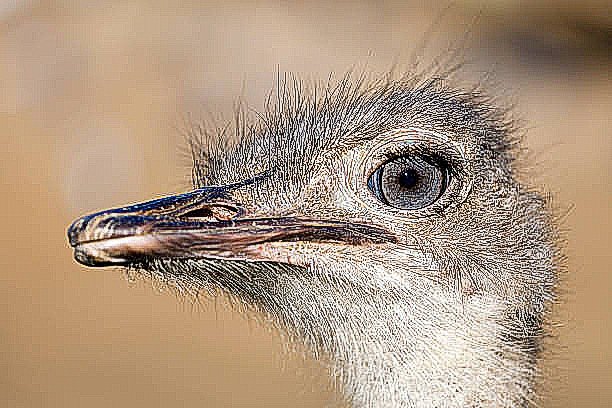
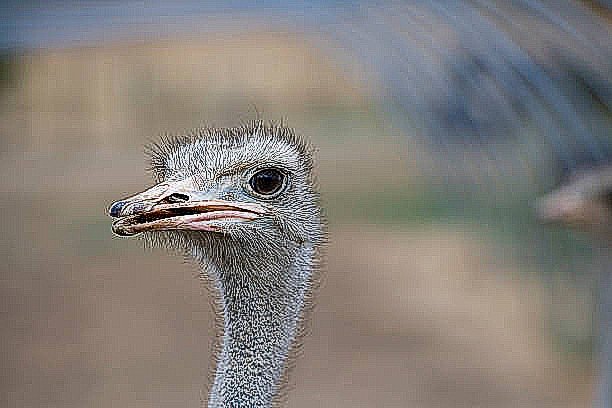
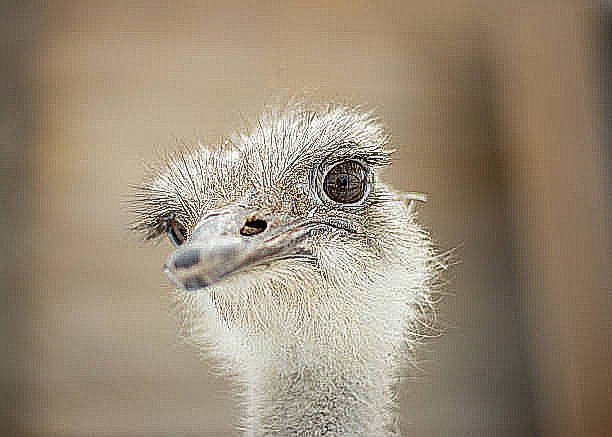
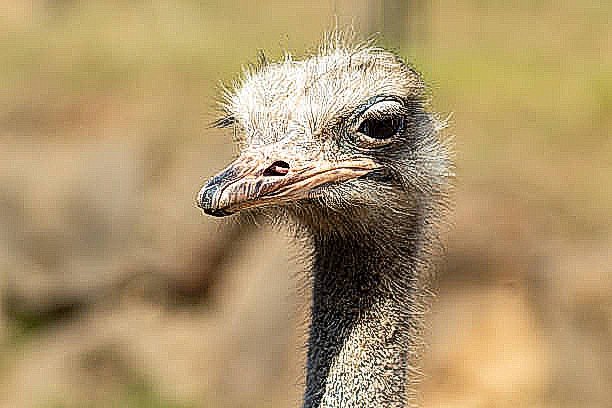
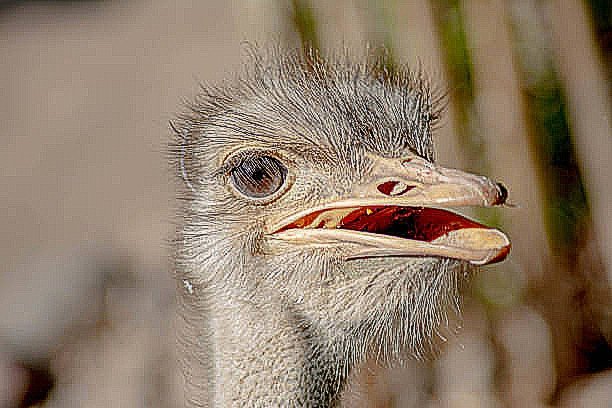
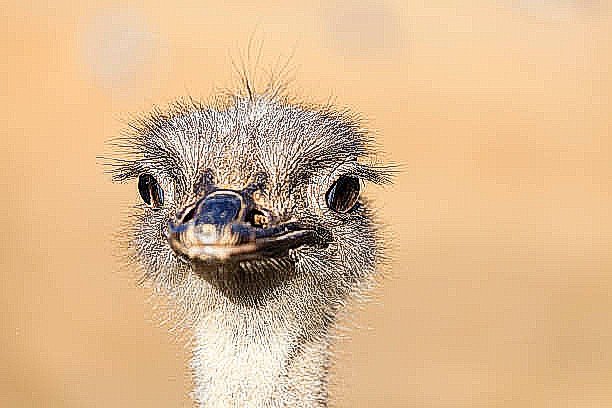
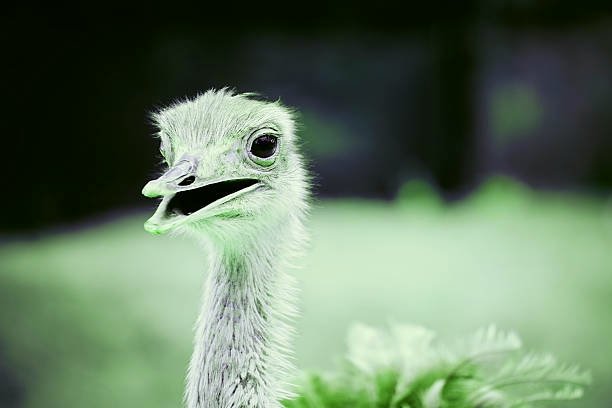
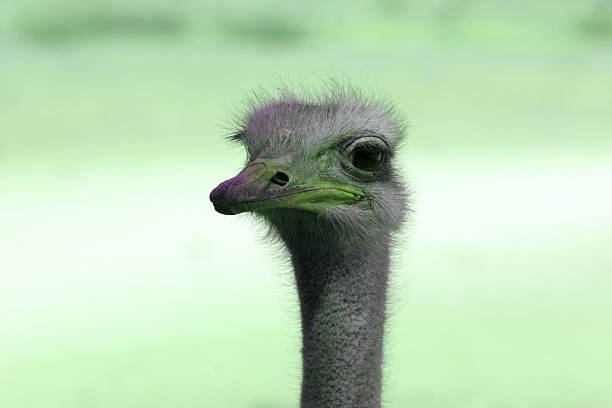
"...strides of up to 3-5 meters..." Wow!
Thank you for sharing these interesting pieces of information.
As you said, ostrich farming has been introduced to places other than Africa.
I've heard that ostrich meat has high nutritional value and can be sold at a good price.
Wow, so beautiful, so elegant just looking like a wow